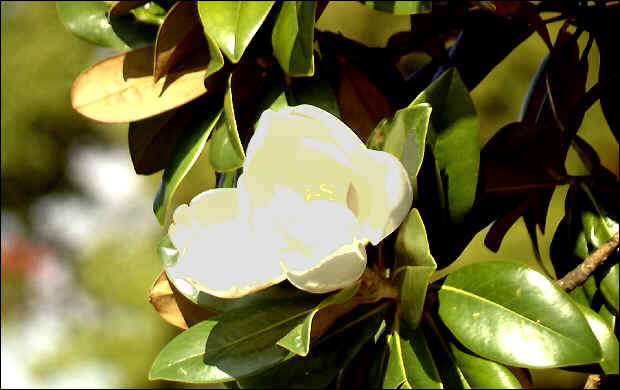|
|
|
Sights - History - The Russian Coast - VIP - Statistics News - Investments Concept and Projects
Climate 
The climate is of the
Mediterranean type in the North-Western district
of Sochi: with dry and hot, sunny summer and a rainy and
comparatively cold winter. The average annual temperature in this
district is 14.3 C. The average in January is 2 C and in July 23
C. The climate in the southeastern part of Sochi is that of the humid subtropics. The
average annual temperature is 14.9 C, in January 6 c, in July 24
C. The natural conditions are quite varied: mountain fast rivers,
blue lakes, unusual flora.
In winter (February
and March) occasional snow quickly melts. Evergreen trees
astonish the guests of the city, who arrive from far-away frosty
places of Russia. Since snow falls very seldom, many families
celebrate winter holidays in Krasnaya Polyana. Just when it is
sunny and warm in Sochi, - 50 km away it is the time to ski in
the mountains, where snow stays from end November through April.
Springs are
rainy, but sunny days are more often than cloudy ones. Many
oriental plants bloom yet in early March.
Summer lasts from
late May to late October. Holiday makers enjoy swimming in the
sea, make outings to the mountains, go in for boating, walk in
the shade of parks.
Autumn is a
fantastic time for Sochi holidays. The days are bright,
subtropical showers are short, the sky is intensive blue in
contrast with rich yellow, purple, orange leaves in the parks.
The bathing season
in Sochi lasts from April to November.
The Black Sea with a
surface of 423,500 sq km, has a great influence on the natural
conditions and climate of the coast. The maximum distance from
East to West is 1, 160 km and 600 km from North to South. During
the Tertiary period the Sea was a part of a vast semi-saline
basin which also included the Caspean sea. The underwater slopes
are especially steep at Sochi shores, but the sea is much more
shallow (30-70m) in its northwestern part. All the 58 rivers that fall into the
sea in the Sochi area have sources in the mountains. The sea is
specific in the way that it has two layers of water: only the
upper 200-meter layer teems with life (860 species of sea fauna);
the lower, which in some places reaches a depth of 2,000 metres,
is lifeless, for it lacks sufficient oxygen and is saturated with
hydrogen sulphide. The upper current carrying away the waters,
freshened by the rivers; the lower current brings in the waters
of the Mediterranean - much heavier with salt.
Mountains in Sochi
area belong to the Greater Caucasian Range, which in its Western
part (near Novorosskiisk) has heights of 500m above sea level, in
its Central part reaches 4000 m, and in its South-Eastern part is
about 1000m high. From the top of Akhun mountain (663m) tourists
observe the panorama of Sochi. The Southern slopes of Caucasian
mountains are covered with forests, rich in over 2000 species of
plants, 54 species of animals, 200 species of birds. In Sochi
area forests cover 215 th ha. The climate is most favourable for
walnut, chestnut, fig tree, pomegranate, persimmon and grapes.
There are palms, rhododendrons, pines, relict
trees of the tertiary period; there are
evergreens like tea plant, laurel, cork-oak, tangerine and many
other subtropical plants. Most Sochi parks are nearly a century
old.
Weather in Ru See weather in Russia at: http://meteo.infospace.ru/crimea/html/index.ssi